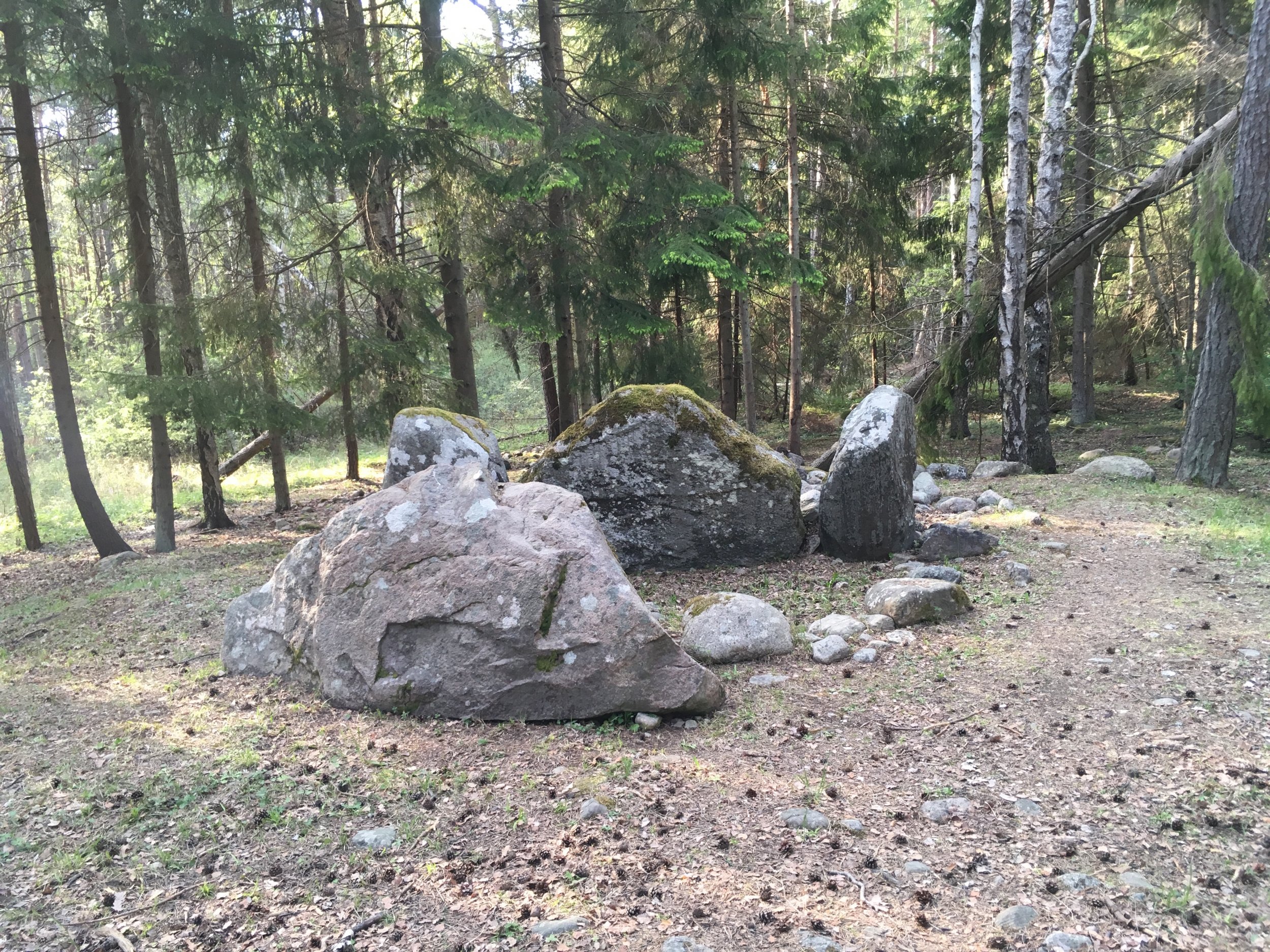
DNA analysis has revealed kin relationships between more than 10 generations of Stone Age people at megalithic tombs in Ireland and Sweden.
The evidence suggests that megaliths, prehistoric large stone structures, sometimes acted as graves for kindred groups in northwestern Europe thousands of years ago. The study was published in the journal Proceedings of the National Academy of Sciences.
The latest findings shed new light on the origins and social structure of the groups that built megaliths in this region—a history that has long been shrouded in mystery.
"The megaliths were communal burials, tombs built out of stone," Helena Malmström, an author of the study from Uppsala University in Sweden, told Newsweek. "Often, many individuals were buried in them, and many of these tombs were used over hundreds of years. Some scholars also believe the tombs were territorial markers. There has been an open question wether the tombs were used by societies as a whole, or by certain segments of the societies."
Megalithic monuments in Europe owe their origin to waves of migrants from the Fertile Crescent in the Middle East who began arriving on the continent after 9,000 B.C., bringing with them the revolutionary practice of agriculture. Around 4,500 B.C., megaliths began appearing in Europe's Atlantic region—extending from Portugal to Scandinavia—many of which have been linked to burial or funerary practices.
For their study, the international team of researchers analyzed the genomes—the complete set of genetic material in a cell—of 24 Stone Age individuals from five megalithic burial sites in Ireland, Scotland and Gotland, a large Swedish island in the Baltic Sea.
This analysis showed that many of the individuals buried at each megalith, who all lived between 3,800 B.C. and 2,600 B.C., according to radiocarbon-dating of their remains, were closely related via family ties.
"On a finer-scale level, we are amazed by the kin relations found in the Megalithic burials," Malmström said. "We see paternal continuity for over ten generations, and several first- and second-degree relations."
"This came as a surprise," Federico Sanchez-Quinto, first author of the study from Uppsala University, said in a statement. "It appears as [though] these Neolithic societies were tightly knit with very close kin relations across burial sites."
The results also showed that the individuals buried at the megaliths were related to Neolithic farmers in northern and western Europe (as well as some groups in Iberia) but genetically distinct from other hunter-gatherers. This was particularly noticeable at the Ansarve site on the island of Gotland.
"The people buried in the Ansarve tomb are remarkably different on a genetic level compared to the contemporaneous individuals excavated from hunter-gather contexts, showing that the burial tradition in this megalithic tomb, which lasted for over 700 years, was performed by distinct groups with roots in the European Neolithic expansion," Magdalena Fraser, co-first author from Uppsala University, said in the statement.
Another noteworthy result of the DNA analysis was that there was an overrepresentation of males in the tombs located on the British Isles.
"That we find distinct paternal lineages among the people in the megaliths, an overrepresentation of males in some tombs, and the clear kindred relationships point to the individuals being part of a patrilineal segment of the society, rather than representing a random sample from a larger Neolithic farmer community," said Mattias Jakobsson, a senior author of the study from Uppsala.
This article was updated to include comments from Helena Malmström.
Uncommon Knowledge
Newsweek is committed to challenging conventional wisdom and finding connections in the search for common ground.
Newsweek is committed to challenging conventional wisdom and finding connections in the search for common ground.
About the writer
Aristos is a Newsweek science reporter with the London, U.K., bureau. He reports on science and health topics, including; animal, ... Read more
To read how Newsweek uses AI as a newsroom tool, Click here.








